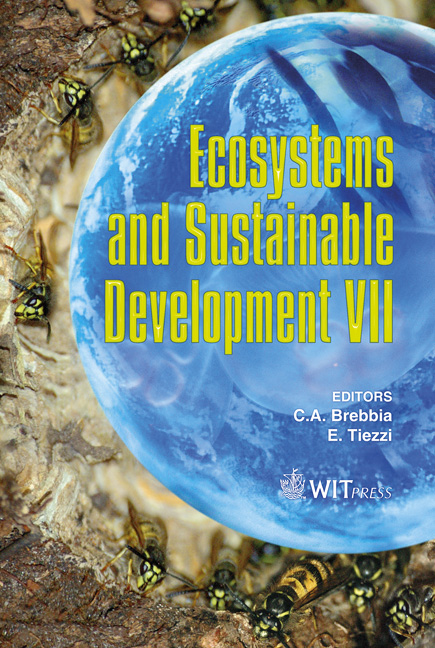Lotus Glaber Mill: Comparison Of Some Morphological-physiological Characters Between An Induced Autotetraploid Population And Diploid Cultivars
Price
Free (open access)
Transaction
Volume
122
Pages
10
Page Range
61 - 70
Published
2009
Size
402 kb
Paper DOI
10.2495/ECO090071
Copyright
WIT Press
Author(s)
M. Barufaldi, P. Sastre-Vázquez, Y. Villacampa, F. García-Alonso, J. A. Reyes & A. Alonso
Abstract
Lotus glaber Mill, a diploid forage legume (2n=2x=12), has successfully adapted to the ecological characteristics of the Flooding Pampas region of the Province of Buenos Aires, Argentina. This species is highly valued, basically due to its ability to adapt to soils that do not allow other forage legumes to prosper, as well as for its high nutritional value. A genetic improvement programme of the species resulted in an induced autotetraploid population known as \“Leonel” (2n=4x= 24). Generally speaking, induced autotetraploid forms are larger and also more vigorous and productive than their diploid counterparts. Although fewer seeds are produced, they are heavier. This article compares certain morphological-physiological characters of the \“Leonel” population and diploid cultivars. The characteristics evaluated were length (CFL), width (CFW), area (CFA), length/width ratio (L/W) of the central foliolae of the first expanded leaf from the stem apex and the vigour of the plants (V) from May to December. The following variables were also studied: days to flowering (BFP), air biomass, expressed as green material (GM) and dry material (DM), weight of a thousand seeds (WS), number of seeds per pod (NS), number of empty seeds per pod (ES) and the number of full seeds per pod (FS). Variance analysis was carried out with a completely random design using two factors, cytotype and month, for the following variables: CFL, CFW, CFA, L/W and V. For the remaining variables, variance analysis was carried out with a completely random design using one factor: cytotype. The Duncan’s Test, using a level of confidence of 5%, was used to compare the mean values. In addition, analysis of the L/W ratio allowed the form of the foliolae to be determined. Keywords: modelling; Lotus glaber Mill, induced autotetraploid, forage legume, natural pasture, grasslands.
Keywords
modelling; Lotus glaber Mill, induced autotetraploid, forage legume, natural pasture, grasslands





